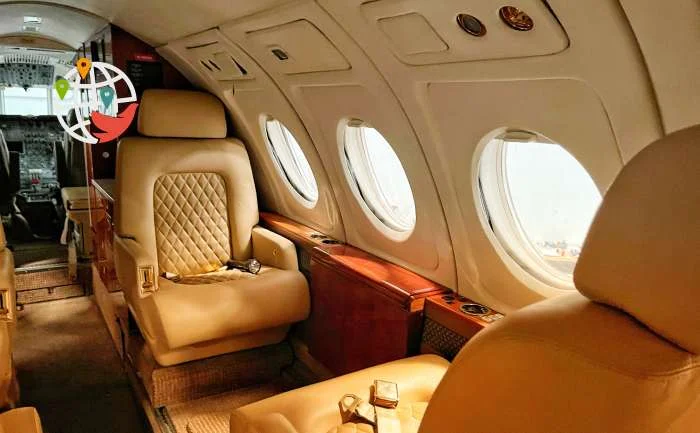Canada introduces a luxury tax

The law would ensure that the wealthiest Canadians pay their fair share of taxes.
On September 1, a federal tax on luxury goods went into effect. It applies to luxury cars, private planes and yachts.
Plans for the luxury tax were first introduced in last year's federal budget; the bill itself was introduced this April.
It applies to new vehicles, aircraft and ships manufactured after 2018 and exceeding certain price thresholds:
- for personal vehicles and aircraft, the luxury tax applies to goods worth more than $100,000 CAD (motorcycles, ATVs, snowmobiles, motor homes, ambulances, police cars, fire engines, military vehicles, commercial aircraft are exempt);
- there are no exceptions to the law for electric cars;
- vessels subject to the Act include yachts, sailboats, deck boats, water-skiing boats and houses on the water worth more than $250,000 CAD (houseboats, fishing boats, ferries and cruise ships are not taxed).
The lump sum tax will be calculated as the lower of the two values:
- 10% of the product price, or
- 20% of the product price deducted from the threshold amount (either $100,000 CAD or $250,000 CAD).
Manufacturers and importers of affected luxury goods must pay the tax. Sales of these goods to manufacturers, wholesalers and retailers are exempt, so the goods will not be taxed twice.
The innovation drew a barrage of criticism. Leaders of the aerospace and maritime industries called it "job killing".
Industry groups said the tax could result in a loss of $2.8 billion CAD in sales over the next five years. Treasury Secretary Chrystia Freeland's response to these allegations was unequivocal:
"I think it is entirely reasonable to say to someone who has $100,000 to spend on a car or a plane, or $250,000 to spend on a boat, 'You need to pay a 10 per cent tax to help everybody else.'
The new measure, which received approval in June, will bring $163 million CAD into public coffers each year, according to published figures.

















